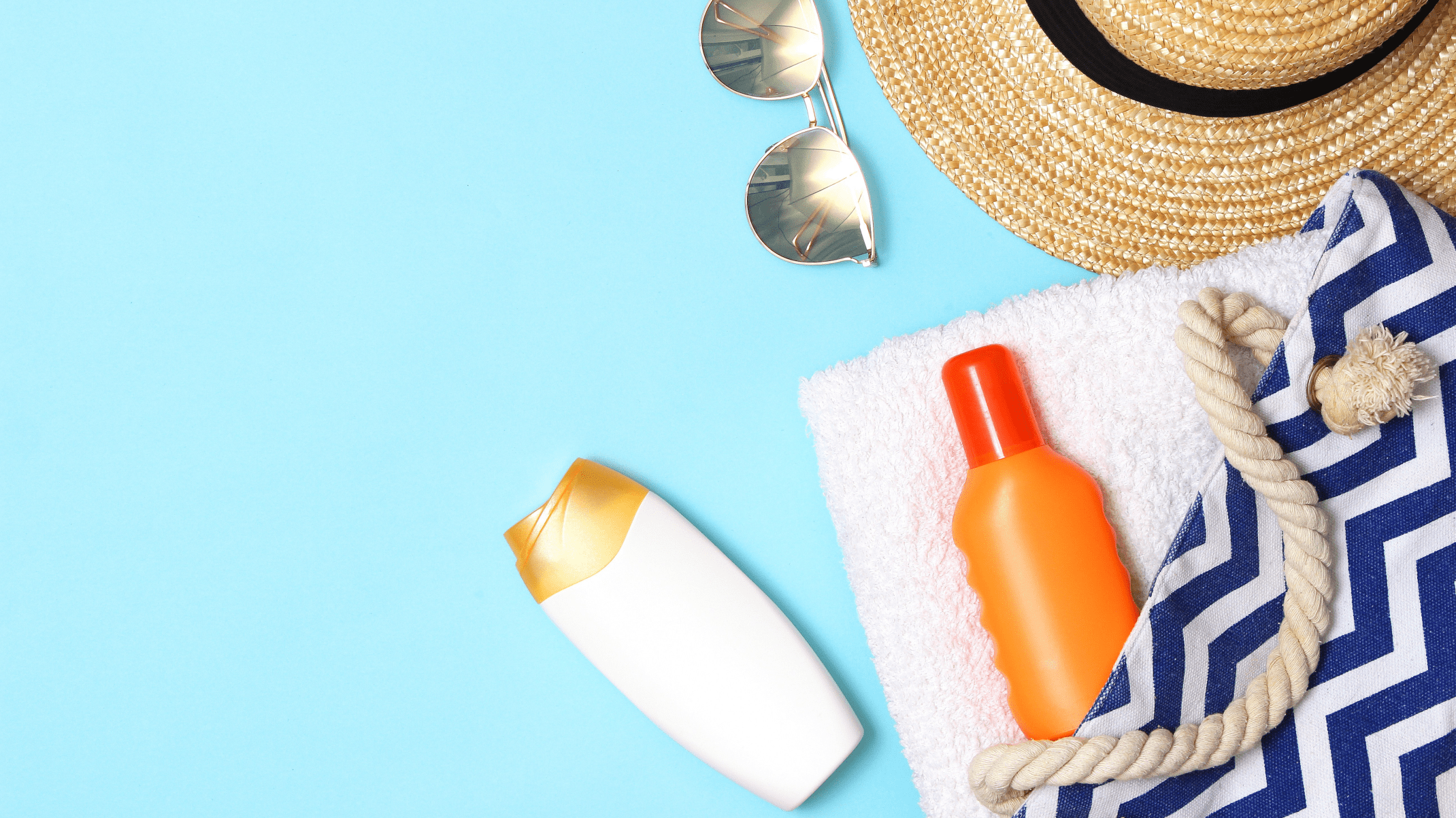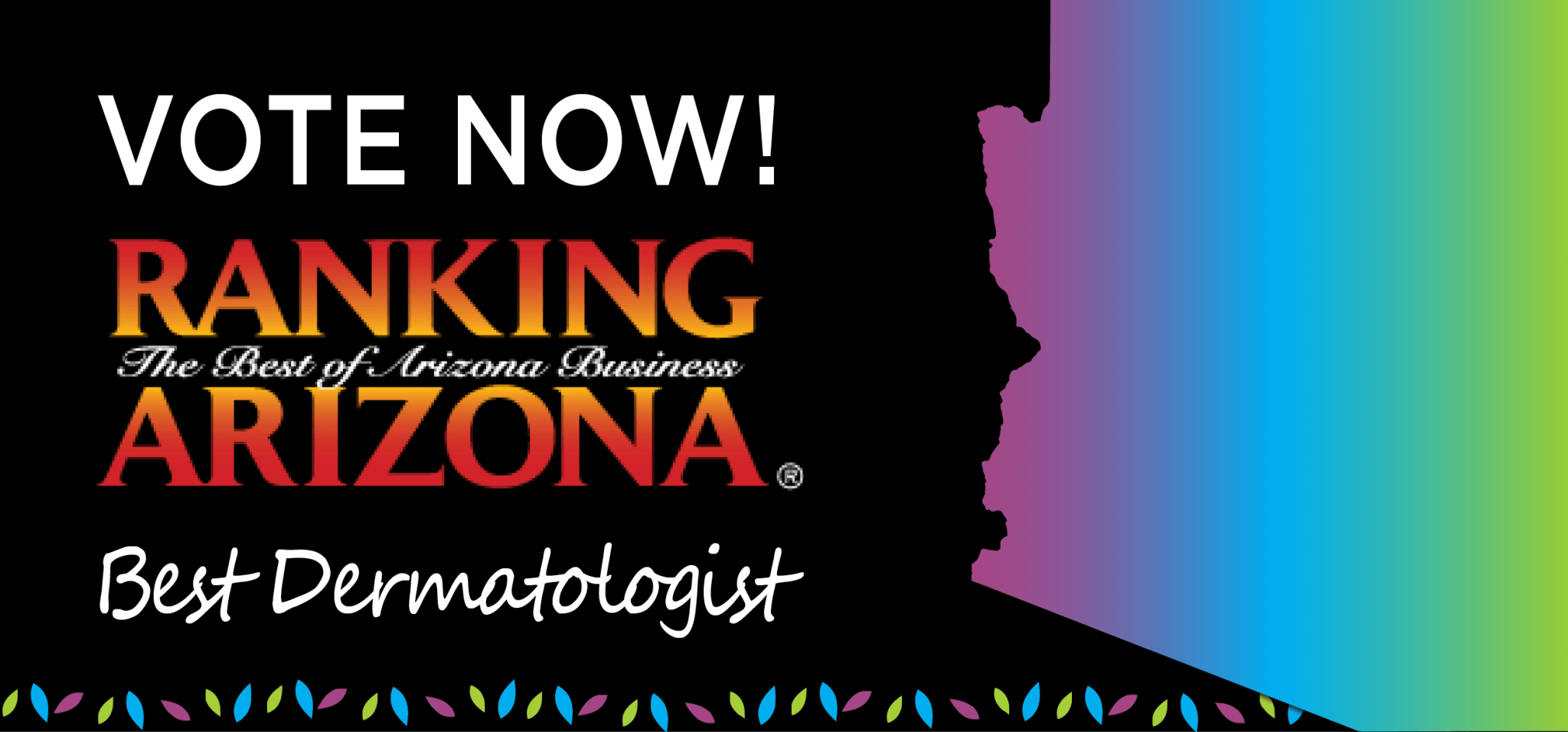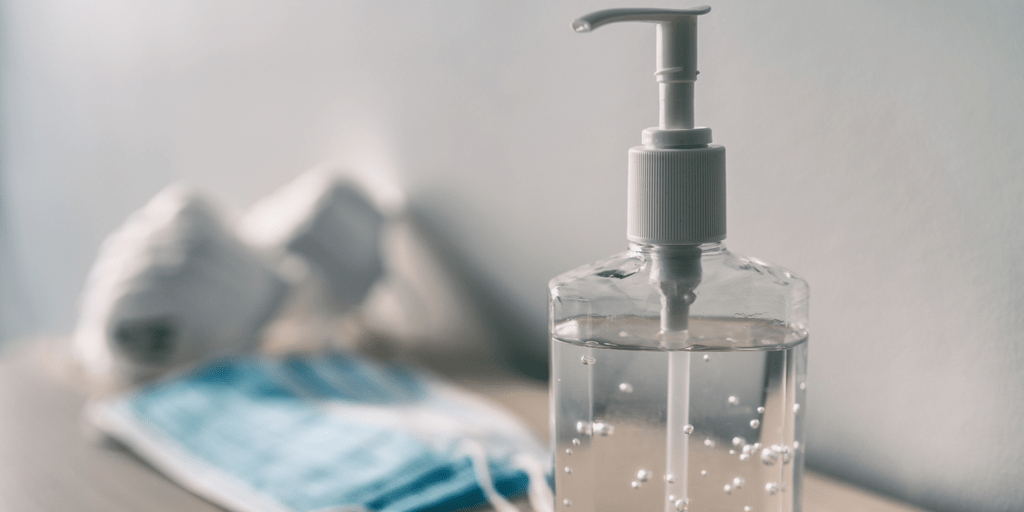1. How Much SPF Do You Need? Is SPF 30 Enough?
First, Dr. Lin says no matter what type of sunscreen you choose, SPF 30 and above is a must and to use it often.You heard the lady!
2. Chemical Sunscreen
Let’s continue with the most common type of sunscreen: chemical-based.
Dr. Lin says that it blocks what are called UVB rays – the kind that burns your skin – but you need to apply it 30 minutes before you go out, and you’ll need more than you think.
Chemical sunscreen comes with other benefits, too, as they are generally more water resistant, readily available, and cheaper!
3. Mineral Sunscreen
We’re getting physical with the next sunscreen on our list: mineral-based, or physical sunscreen.
Mineral sunscreens are also broad spectrum so they can block out ultra-violet rays in the UVA and UVB range. The UVA rays are the kind that prematurely ages your skin. Dr. Lin says a good way to remember this is UVA = age, and UVB = burn.
4. Hybrid Sunscreens
We’ll close out our class on sunscreen 101 with the best of both worlds: hybrid sunscreen, which is both chemical and physical. The labels on these sunscreens will say “broad spectrum”. The benefit? “By combining a physical sunscreen with some of the chemical sunscreens, the consumer is more assured of having broad-spectrum protection, long-lasting protection, and water resistance,” informs Dr. Lin.
If you’ve been asking yourself how much SPF do you need?, now you know!






